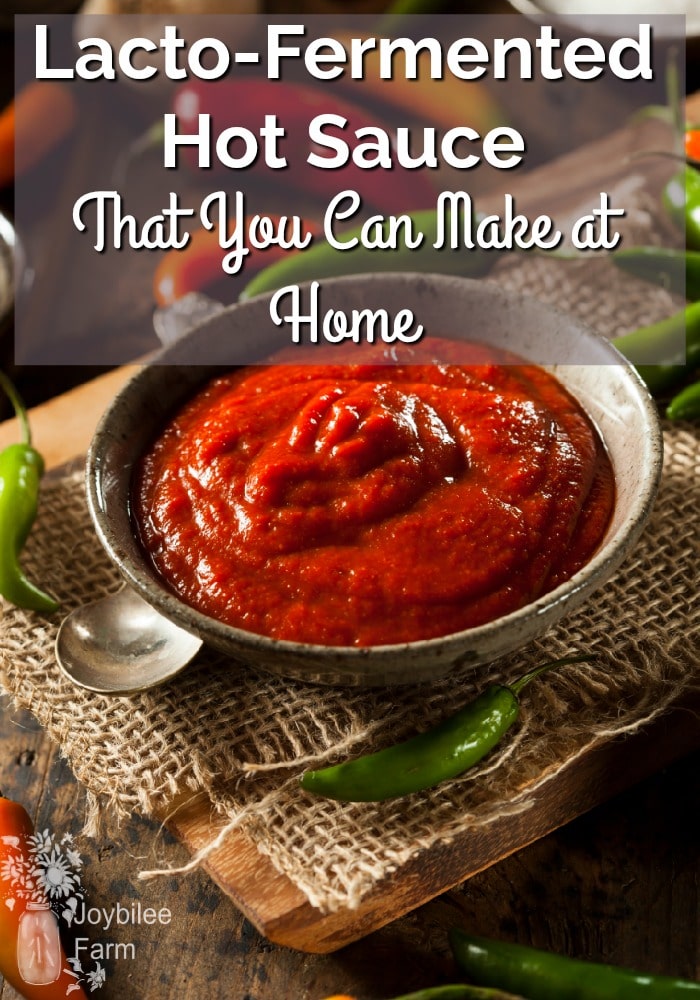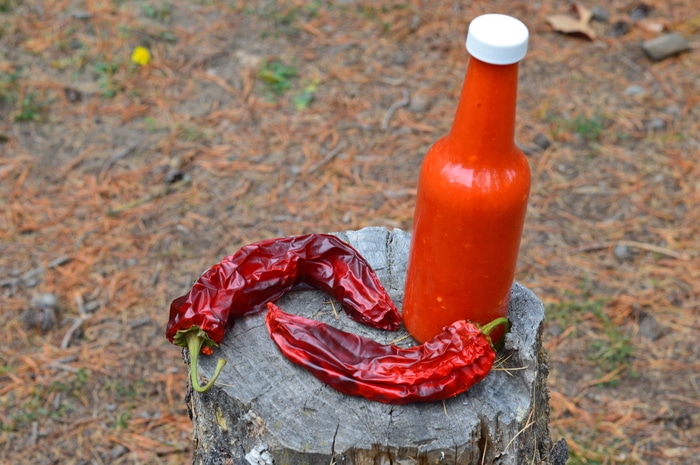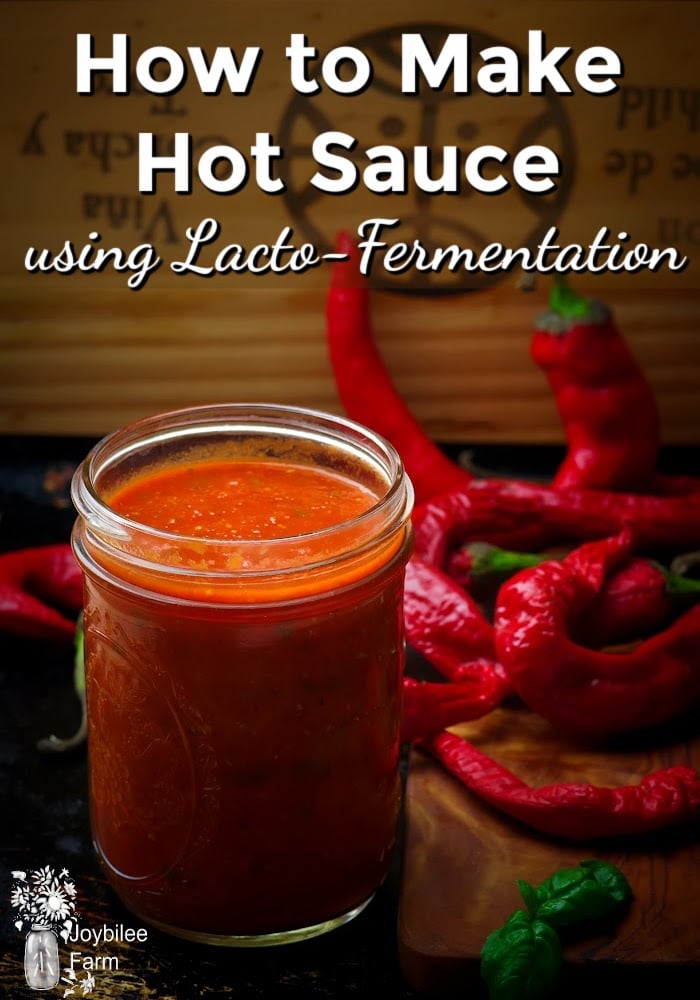Lacto-Fermented Hot Sauce That You Can Make at Home
How to make your own Hot Sauce using Lacto-Fermentation. To get the benefits of Lacto-fermented food, you need to make them yourself, at home

While visiting my friends, Peter and Evelyn, last week I found some jewel-toned mason jars sitting on their kitchen counter. Obviously, these green, red and pale red quarts, shimmering with liquid goodness, and covered with cheesecloth, were creating an amazing food treat through Lacto-fermentation. I had to know more.
Peter was making hot sauce with hot peppers. I didn’t know that hot sauce was a Lacto-fermented condiment. Evelyn showed me this article from Mother Earth News and told me about Peter’s experiment.
If you’d like to try this project, too, here’s what Peter did.
1. Pick hot peppers. Start with ripe, red peppers. Peter had a mixture of red, green and half red peppers. He separated them by colour for processing. You can mix them together if you want.
2. Wearing gloves, chop the stems off of the peppers.
3. Put the peppers through a food processor to chop them to a medium-fine mash. The fumes from this are going to catch in your throat so do this in a well-ventilated area and away from children and pets.
4. Pour the mash into a large glass mason jar and leave a 3-inch head-space to allow the contents of the jar to expand during fermentation.
5. Add 1 1/2 tsp. of sea salt or pickling salt for each cup of mashed peppers. The salt will release moisture from the peppers and the pulp should settle to the bottom of the jars.
6. The mash should have a layer of liquid over the top to prevent it from being exposed to air. Lacto-fermentation is an anaerobic fermentation so you need to keep the mash below the surface of the liquid. If you need more liquid add some salted water.
7. Cover the jars with vapour lock lids — two-piece canning jar lids with a wine airlock and elastrator bands — to seal out air. Leave to ferment in a cool place for a month. Check it from time to time to ensure that liquid covers the mash.
8. After 3 or 4 weeks, add white wine vinegar to taste and age for another week to allow the flavours to blend.
9. Strain your sauce through a sieve or cheesecloth. Wear gloves for this. The liquid will burn your skin.
10. Bottle it and store it in the refrigerator. It contains live lactobacillus bacteria, a beneficial probiotic that also inhibits harmful bacteria from growing. It does not need to be pasteurized and canned in order to be safe to eat. However, you may can it with a boiling water bath, if you chose.

I’m looking forward to seeing Peter’s hot sauce in about a month. And I’ve put this method in my file for next summer when the local farms in Grand Forks have hot peppers again. I dried the hot peppers that I picked this year. If only I’d seen this recipe first.
Lacto-fermentation improves the digestibility of food. It removes harmful anti-nutrients, supports digestion, improves absorption of important minerals and vitamins and improves the taste and texture of many foods. Lacto-fermentation preserves food through lactobacillus bacteria that occur naturally on most foods. Lactobacillus inhibits the growth of spoilage organisms in food and protects against food-borne illnesses, while at the same time, improving the health benefits of food. But don’t expect to find Lacto-fermented food at your local grocer. Health regulations insist that food is sterilized, pasteurized, chilled and packaged in plastic. These ‘health’ regulations mean that to get the benefits of Lacto-fermented food, you need to make them yourself, at home.
Check out this article: Food Preservation: Lacto-fermented vegetables to get started.

Here are some other of our favourite Lacto-Fermented Recipes:
How to make Lacto-fermented Salsa
Lacto-Fermented Pickled Asparagus
Your turn: Tell me about your adventures with Lacto-fermented food. Do you have a blog where you write about fermented foods? Tell me about it and leave a link.
Some resources to let you explore Lacto-fermentation further:
Making Sauerkraut and Pickled Vegetables at Home: Creative Recipes for Lactic Fermented Food to Improve Your Health (Natural Health Guide)
Truly Cultured: Rejuvenating Taste, Health and Community with Naturally Fermented Foods
Cured, Fermented and Smoked Foods: Proceedings of the Oxford Symposium on Food and Cookery 2010
Handbook of Fermented Meat and Poultry
Jarden 68100 6 Count Wide Mouth Canning Jars
3 Piece Plastic Airlock (Sold in sets of 3)
TSM Products Fermentation Pot, 10 Liter capacity
TSM Products 10-15 Liter Stone Weight




Sure
This looks great. I have the same question about the onions. Can they be added along with some garlic?